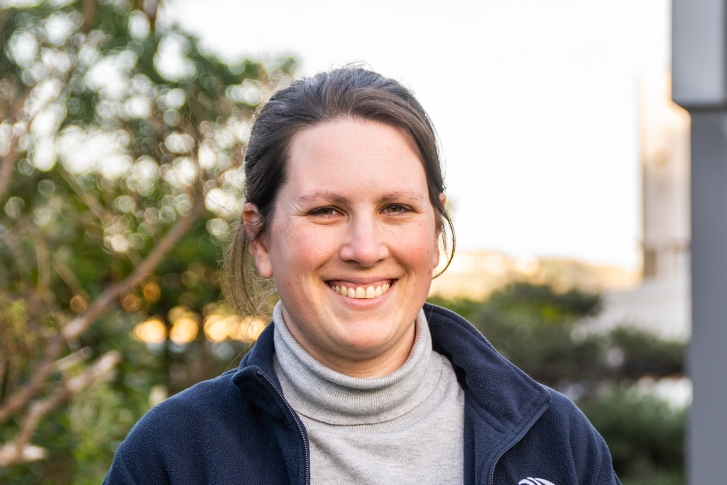MethaneSAT is New Zealand’s first official government-funded satellite mission. The core mission of this unique satellite is to support reductions in methane emissions around the world. The satellite will measure atmospheric methane with unprecedented precision and will enable researchers to quantify methane emissions from key emissions regions across the globe. The research is a partnership between the US-based Environmental Defense Fund’s subsidiary MethaneSAT LLC and the New Zealand government.
Introduction
Methane (chemical symbol CH4) is a much more potent greenhouse gas than carbon dioxide (CO2), meaning the same quantity causes much more warming. It accounts for around 43 percent of our total emissions in New Zealand. Reducing methane emissions will have significant and immediate benefits for slowing climate change.
MethaneSAT is a state-of-the-art satellite that will measure methane with remarkable precision. The satellite will scan 200km by 200km ‘targets’ and map methane at high spatial resolution within those targets. This will allow scientists to pinpoint the sources of methane emissions.
MethaneSAT was designed to detect emissions from oil and gas infrastructure, and the US based science team at Harvard and Smithsonian Astrophysical Observatory is leading that effort. However it can also be used to measure agricultural methane emissions, which are more diffuse and harder to detect.
The satellite’s mission control will be permanently hosted by Auckland University’s Te Pūnaha Ātea-Auckland Space Institute.
Agricultural emissions science programme
NIWA Principal Scientist Dr Sara Mikaloff Fletcher is leading a science programme to develop and test the capability of the satellite to map agricultural emissions and determine the best places for the satellite to look for methane emissions around the world. This science programme includes leading methane and remote sensing scientists at NIWA, University of Auckland, Manaaki Whenua Landcare Research, University of Waikato and GNS Science.
Aotearoa-New Zealand is the ideal natural laboratory for this research, in part due to our distance from other land areas. We have an unusual greenhouse gas emissions profile. Methane emissions make up nearly half of our gross emissions budget, and 85% of these are from agriculture. In addition, we have world class expertise in atmospheric modelling and in ground-based measurements of methane, which are crucial to quantifying emissions and validating our results.
How does a satellite detect methane?
The MethaneSAT satellite will detect and measure methane in the atmosphere from a beam of sunlight reflected from Earth.
Methane absorbs specific wavelengths in the spectrum of sunlight. An instrument called a spectrometer attached to the satellite will detect the resulting changes in the light that has travelled through the Earth’s atmosphere – these changes correspond directly to how much methane is in the air column.
This works in a similar way to ground-based measurements that are already carried out by select observatories around the world as part of the Total Carbon Column Observing Network (TCCON).
NIWA’s Atmospheric Research Station at Lauder, Central Otago is one of the two founding TCCON sites in the global network and is widely used to calibrate and validate global satellite missions.

Combining data sources for more accurate results
The satellite measures concentrations of methane in the atmosphere, but we need to know where it has come from to map emissions rates from the satellite data.
Researchers working on the MethaneSAT research programme are using an ‘inverse model’. This combines top-down information – including MethaneSAT data and measurements from aircraft and ground-based instruments – with bottom-up information about the processes causing emissions, such as land stock maps, emission factors and paddock-scale studies.
This will enable the team to develop very detailed information about agricultural methane emissions across New Zealand and across different seasons and years.

MethaneSAT research programme impacts
Better understanding of agricultural methane emissions will provide much-needed evidence to feed into policy, underpin decision making and support actions to reduce methane emissions for New Zealand and across the globe.
The MethaneSAT work also puts New Zealand in a strong position to partner with future satellite missions.
Partners in MethaneSAT agricultural research programme
- NIWA
- GNS Science
- Manaaki Whenua Landcare Research
- University of Auckland
- University of Waikato
- Victoria University of Wellington



